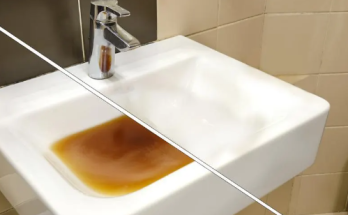A common problem of condensation in the home is damp surfaces in the bathroom. To prevent this problem, keep high moisture areas well ventilated where possible. This prevents moisture from entering colder rooms and forming condensation on surfaces. Also, if you have a dehumidifier in your home, keep it set at a low level regularly. This way, your home will remain dry even if there are heavy showers or periods of high humidity.

Another simple method for reducing condensation in the home is to increase ventilation. Opening windows after cooking or showering will remove excess moisture from the air, which can lead to mould. Using a dehumidifier is another effective way to reduce condensation. A dehumidifier can bring the relative humidity to below 60 percent, which is the ideal range to combat condensation. Using extractor fans in the kitchen is also a good idea, as they can remove moisture from the air around boiling pots and cooking.
For homeowners with downlights in the bathroom, to reduce the risk of warm moist air rising and causing condensation in the ceiling and loft space, consider using Downlight Covers from a site like https://www.thermahooddirect.com/

Changing the humidity level in your home is important, as well. One way to reduce condensation is by opening windows during the day. Opening your windows will let warm air escape, which in turn will decrease the amount of moisture that condenses on your walls and cabinets, for example. In addition to opening your windows, you should also open them when cooking or washing, and when showering. This will help prevent mouldy patches from forming on your curtains and blinds.



